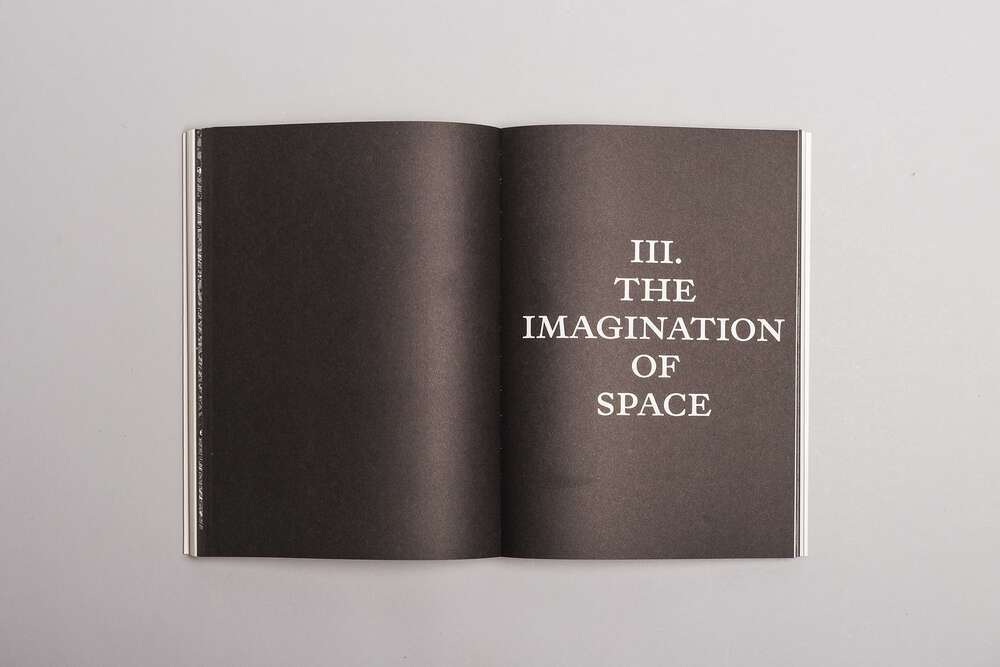The Atelier de la Conception de l’Espace (ALICE), affiliated with the School of Architecture at the École Polytechnique Fédérale de Lausanne, is an educational facility focusing on preparing students for the practice of architecture. To cultivate the ability to create or shape space, students must be confronted with an educational frame work that prepares them for the field’s many practical challenges, from cultural, social, environmental, and physical concerns to working with the wide range of collaborators who must bring their creativity and expertise together in the design process.
Edited by Dieter Dietz, Matthias Michel and Daniel Zamarbide
With texts by Matthias Michel
Photographs by Dylan Perrenoud
In cooperation with Atelier de la Conception de l’Espace ALICE

The Invention of Space is the initial volume in a four-part series on ALICE, this new book focuses on how its innovative curriculum primes students to recognize the cultural practices embedded in the invention of space. Architectural spaces are conceived—and experienced—collectively within the incorporating culture. How can culture, together with a raft of com¬peting concerns, be best translated in the design process? The book explores this and related questions through a fictional narrative, in essays and with more than three-hundred images.
The second volume in a four-part series on ALICE, The House 1 Catalog focuses on a prototype, House I, developed and constructed throughout the academic year. This mobile structure incorporates ALICE’s core values of communication and collaboration in building processes, and it will travel as part of an exhibition to several major cities, where it will be continually modified and reconfigured. With five hundred illustrations, this book continues the experimental narrative Dieter Dietz, Matthias Michel, and Daniel Zamarbide began in The Invention of Space, which will be further developed in the forthcoming third and fourth volumes in the series.
ALICE plays a key role in the success of one of Europe’s leading schools of architecture, and this book, together with the three other volumes in the series, provides an opportunity to explore the exceptional learning environment ALICE offers.



